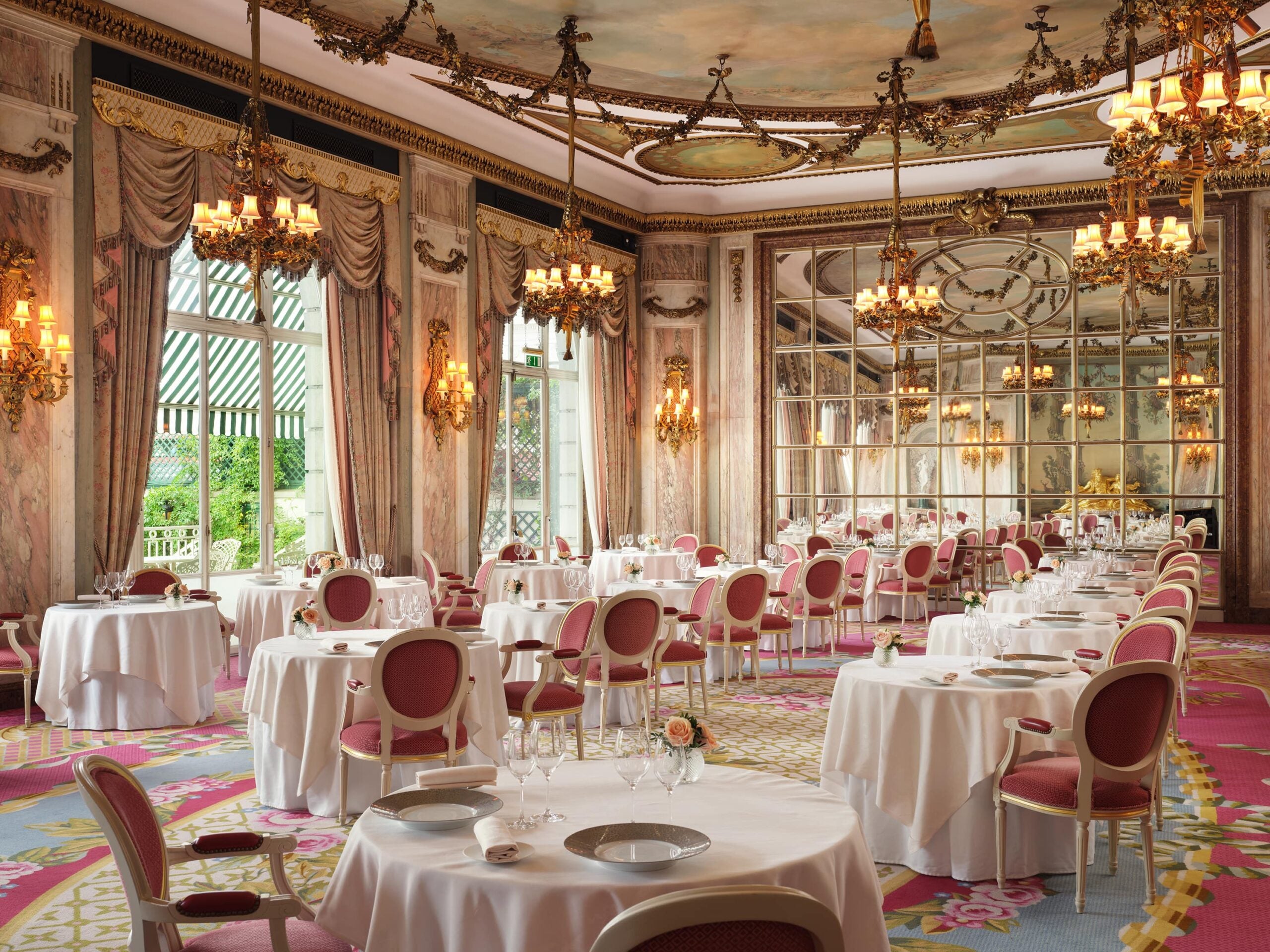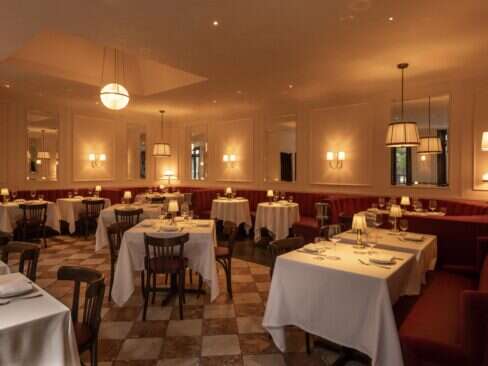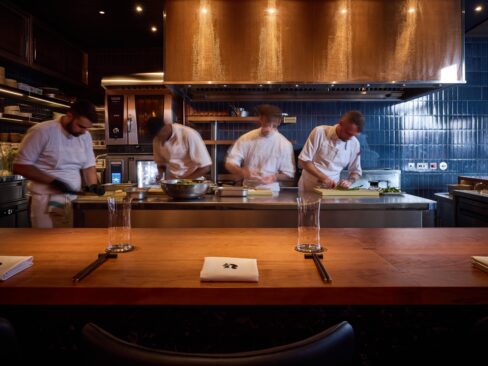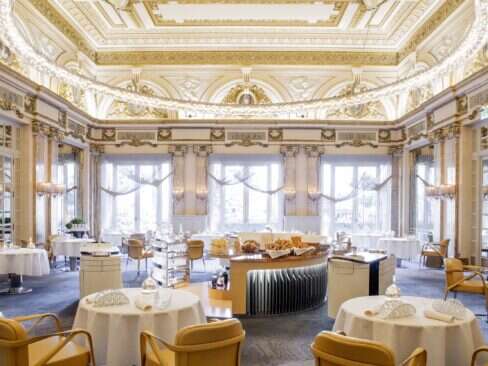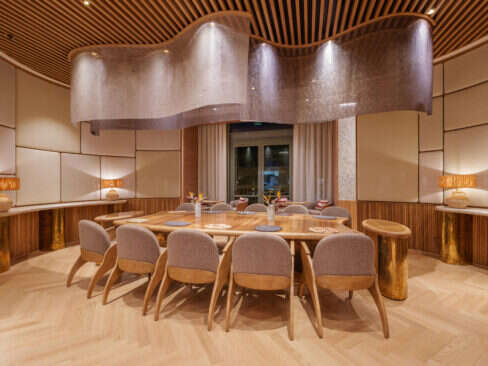Trends come and go in restaurants. Micro-herbs were all the rage for a time; avocado is still a cornerstone; small plates continue to enjoy their time in the limelight; and supper clubs are making a breakthrough.
But in a social media world, where fast-moving trends often dictate the masses (and ergo the reservations), some pillars remain. Acting as beacons of timelessness and championing the ‘if it ain’t broke, don’t fix it’ ethos, a core group of restaurants have stood the test of time and remain as important, as relevant and as sought-after now as they ever were.
Click here to read our interview with The Ritz Restaurant’s executive chef John Williams on how he is keeping an icon relevant.
The Ritz Restaurant, London
Inexplicably, The Ritz Restaurant first opened its doors in 1906 (even more inexplicably, it is somehow not even the oldest restaurant in London, with some dating to the 1700s). The bona fide institution has lived through two world wars (including one that almost flattened the hotel), 25 prime ministers and six monarchs. HRH Queen Elizabeth II dined here, and her mother before that and her son since; The Ritz Restaurant is as ingrained in London’s identity as the river that runs through the city.
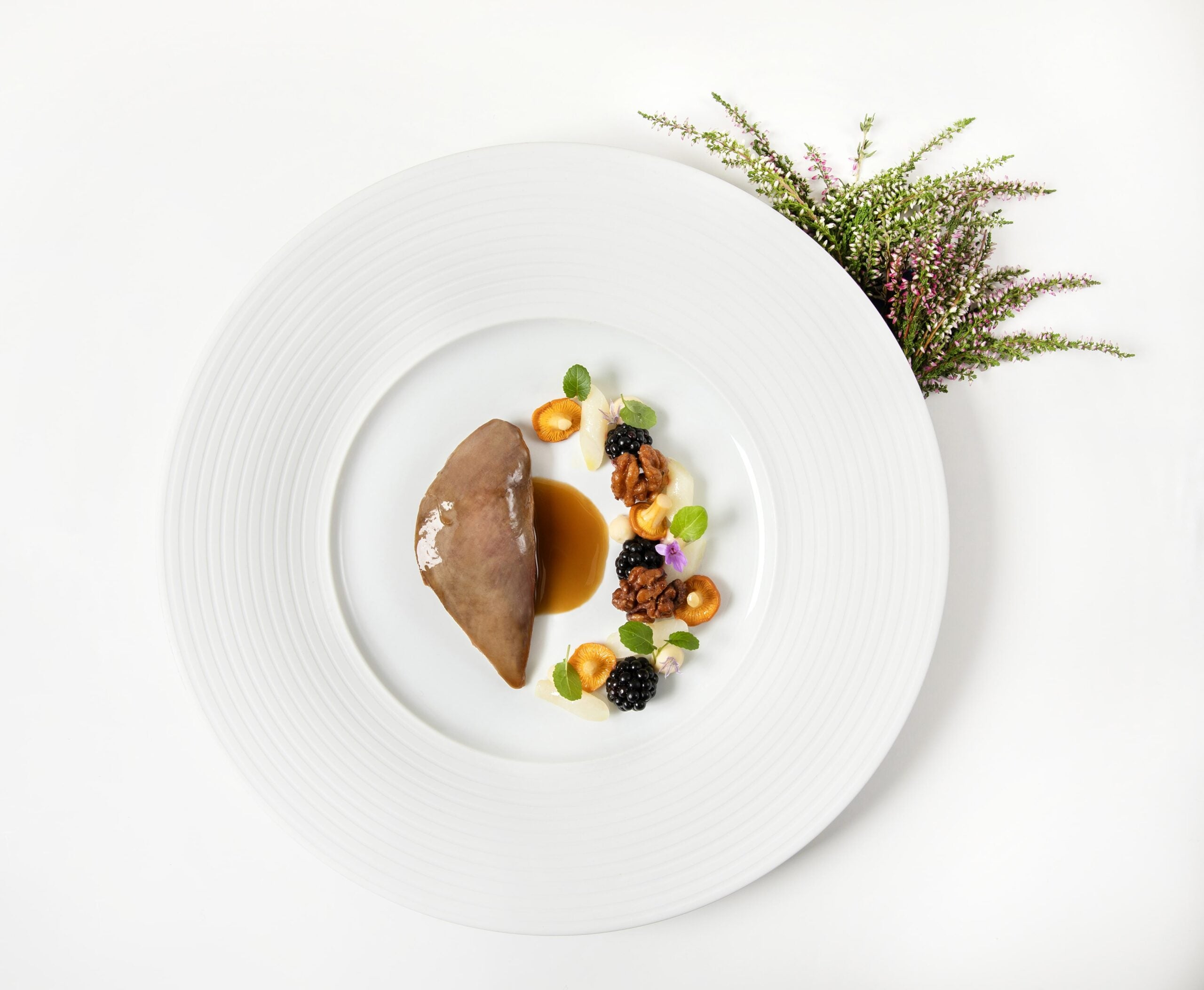
Expensive? Yes, absolutely (appetizers begin at £40 (approx. $53) and steadily head up). Glitzy? Without doubt (gilded chandeliers drip from a frescoed ceiling, and waiters are dressed to the nines in coattails) — but somehow still comforting, still familiar and always welcoming, whether you’re a regular or a first-timer.
“It’s the people’s hotel,” states executive chef John Williams, who assumed the helm of the iconic kitchens in 2004. “A very special people’s hotel, but a people’s hotel all the same.” And yet, despite its mammoth history, The Ritz Restaurant remains a beacon of the current London dining scene. Under Williams’ expert lead, the restaurant has deftly evolved to suit a more modern clientele.
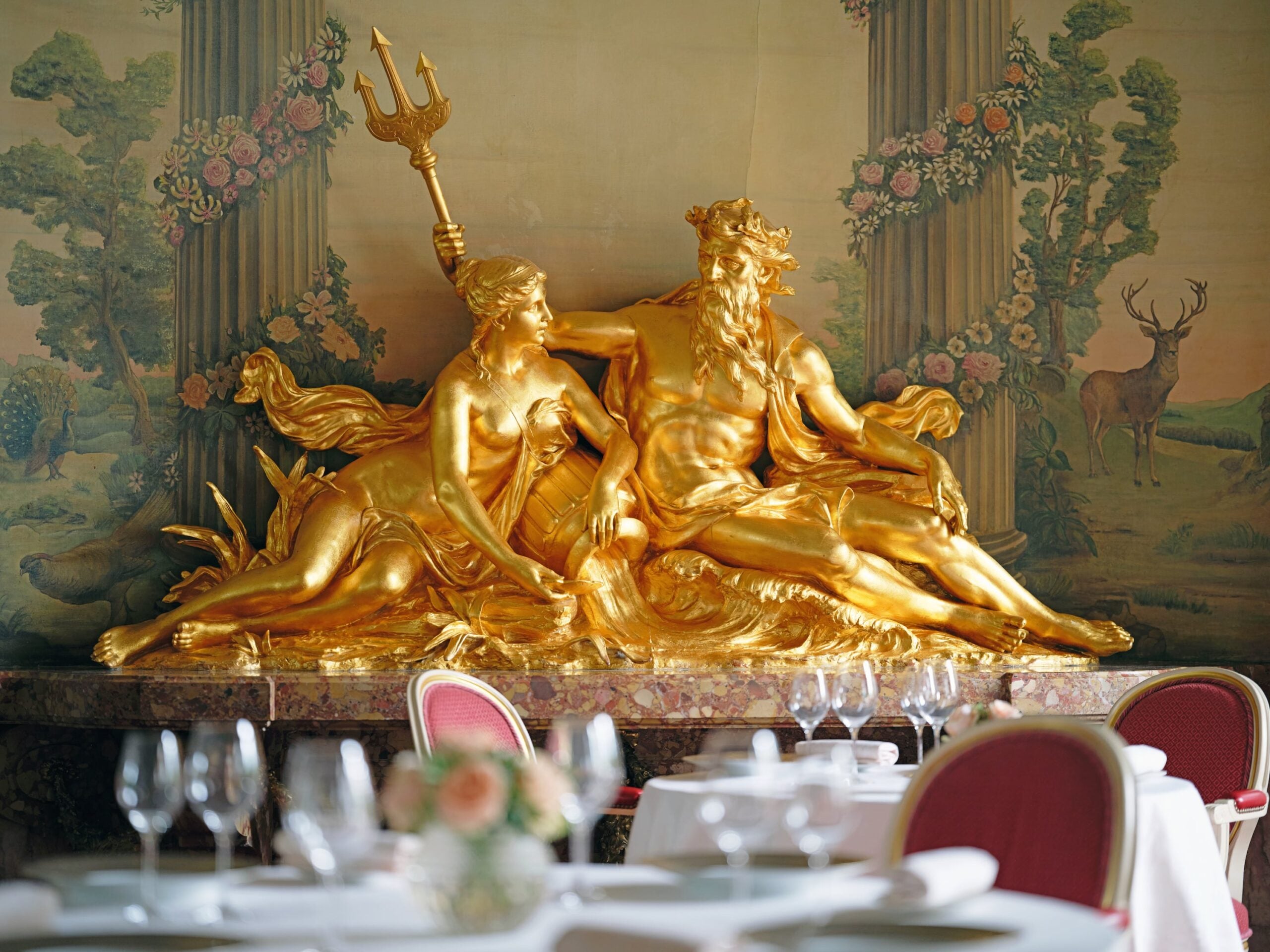
These changes are subtle but sure: Classic sauce recipes that were once incredibly rich, for example, have been artfully lightened, and seemingly minor updates such as introducing new tableware have been painstakingly deliberated over for years before being finalized.
“If you don’t evolve, you die,” he reinforces. “And the only way to move forward is to listen to the guest.” In 2017, well over a century since it first opened, The Ritz Restaurant was granted its first Michelin star. Then, in February 2025, The Ritz Restaurant was awarded its second Michelin star. The proof is in the flambéed pudding: The Ritz is as good as ever.
Le Bernadin, New York City
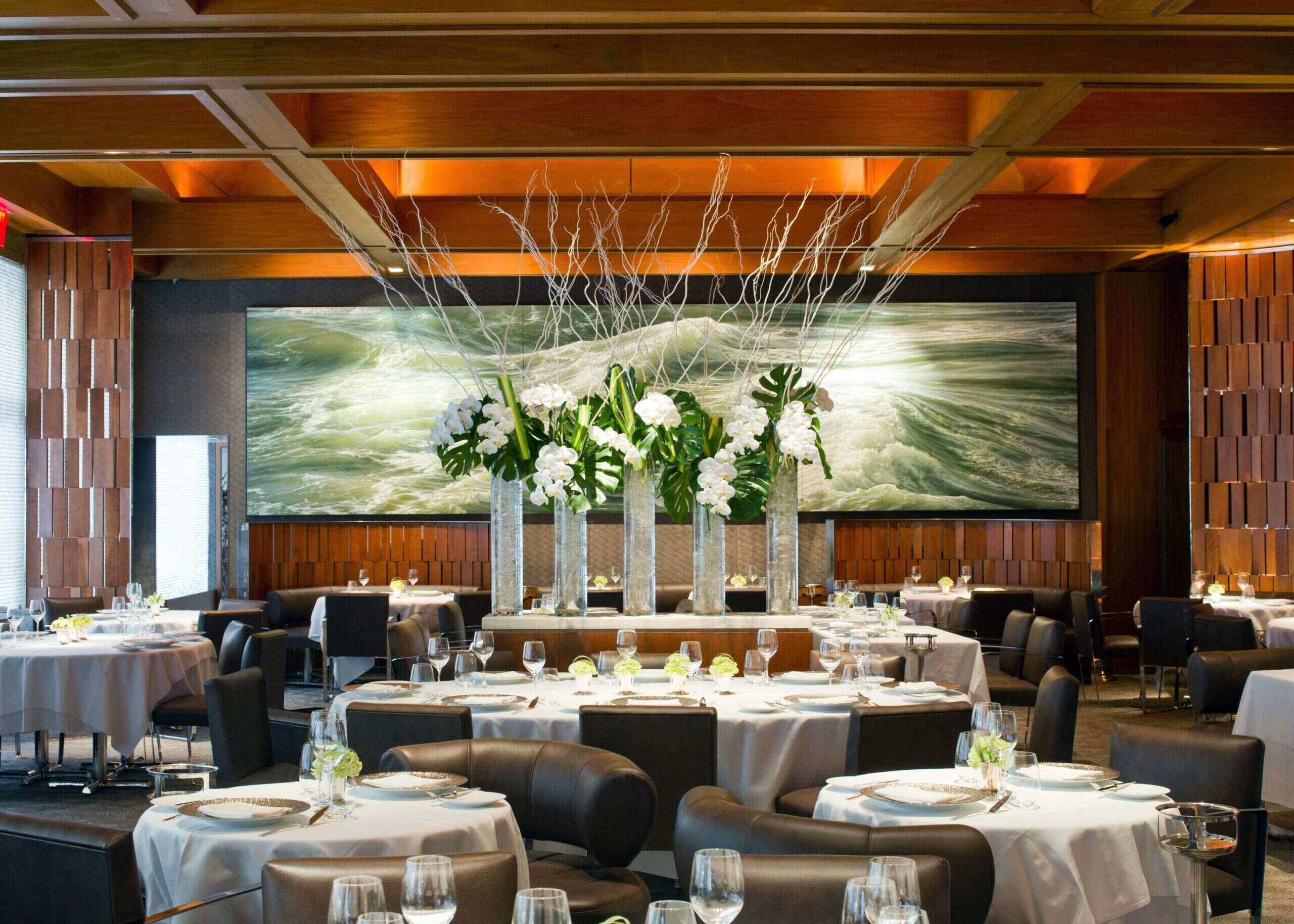
Across the Atlantic Ocean, restaurant institutions, particularly those of the ‘luxury’ persuasion, tend to be a little younger. Although now an NYC mainstay, the Le Bernardin name was first established by legendary sibling restaurateurs Maguy and Gilbert Le Coze in Paris in 1972. The restaurant thrived, and three Michelin stars were duly awarded.
But not satisfied with Parisian success alone, the siblings decided America was ready for them: In 1986, a second Le Bernardin opened in New York City, and the siblings sold their original Paris iteration. Le Bernardin 2.0 followed the same principles as its sparkly big sister, using classic French cookery techniques to highlight the finest seafood available. Clearly, 1980s New York had a taste for old-school French dining, and Le Bernardin thrived in its new home.
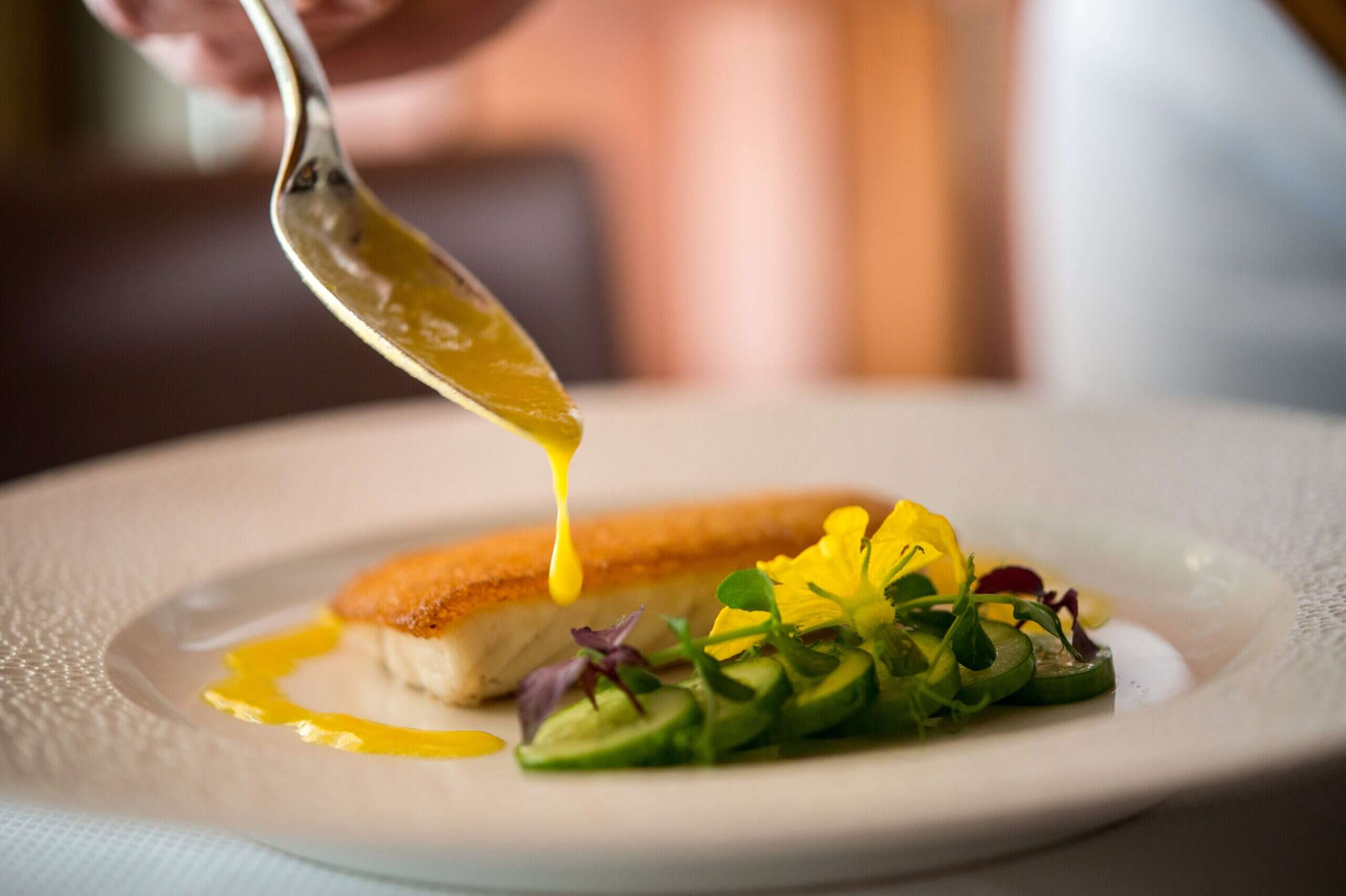
Following the untimely death of the massively influential Gilbert Le Coze in 1994, his sister sought the help of longtime collaborator and colleague Eric Ripert — a French-born chef who grew up in Andorra, a small neighbor of Spain with a robust culinary heritage. Building on Gilbert’s legacy, Ripert and Maguy have continued to establish Le Bernardin as one of Manhattan’s, if not the country’s, finest restaurants, revered for its sensitivity toward seafood preparation (so sensitive, in fact, that many dishes edge toward the border of ‘raw’).
Another French export, the Michelin Guide, landed in New York for the first time in 2005, and Le Bernardin’s mettle was properly tested. Never fear: The restaurant was awarded three stars at the first time of asking and has held all of those stars ever since. Now, even in the trend-ridden TikTok age, Le Bernardin remains one of the city’s most sought-after reservations. A refusal to bow to trends and an admirable stubbornness remain core to Le Bernardin’s success: “No, I don’t follow trends. I potentially get inspired by them,” Ripert firmly states.





